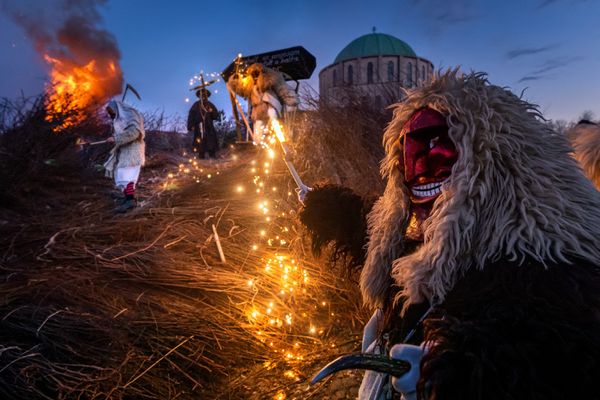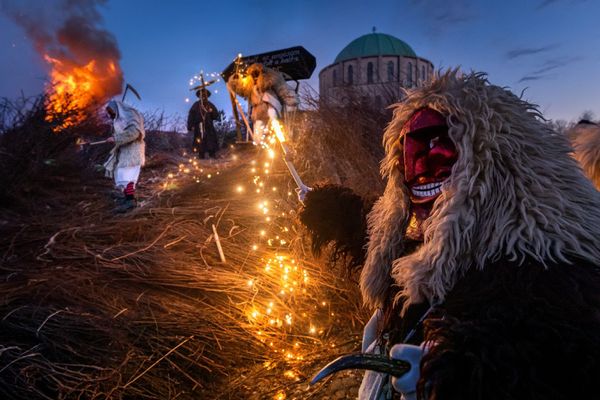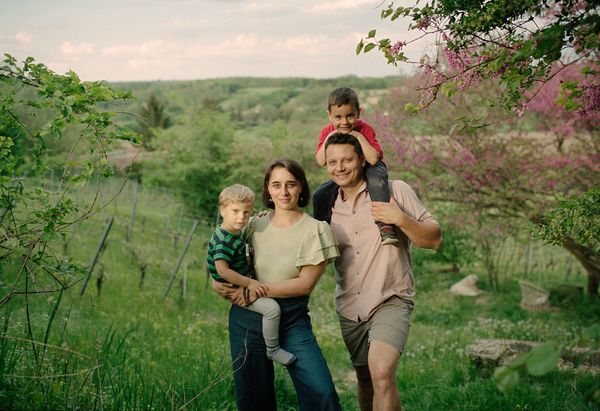lifestyle
A farsang nyomában | Juhász Balázs képeivel illusztrálva
A farsangi időszak a világ népei számára karneválokkal és mulatságokkal tarkított periódus. De vajon honnan származik ez a szokás, és hogyan terjedt el nálunk? Cikkünkben ezt a kérdést járjuk körül.
Előzmények
A farsangi mulatságok eredetileg germán és római pogány szokásokból, illetve népi hiedelmekből alakultak ki. Egyik legismertebb előfutára a Szaturnália



